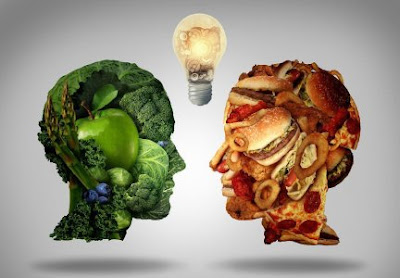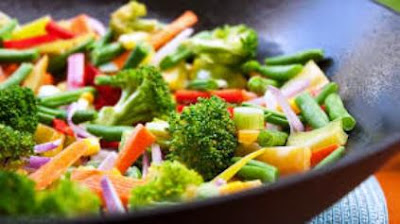Both vegetarian and non-vegetarian diets have advantages. Vegetarian diets tend to be rich in antioxidants, certain vitamins, and healthy fats. Non-vegetarian diets, by contrast, tend to contain more protein, iron, zinc, calcium, and vitamin B-12.
If you already decided to adopt a vegetarian diet, it is essential you learn how to increase your intake and absorption of these nutrients to avoid short-term and long-term health complications.
In the next few paragraphs, I will explain how you can regularly assimilate larger portions of these nutrients into your regular diet:
1. Protein. Different types of protein are made up of different permutations of amino acid chains. In order to create a "complete protein" or a protein that can be assimilated into the human body as tissue, you must consume foods that contain complementary chains of amino acids.
Wheat, nuts, and beans are three types of vegan-friendly incomplete proteins; however, wheat is hard to digest and up to 50% of its protein is lost during the process.
Isolated soy protein, which you can get from a number of sources (including soy milk), can be digested efficiently-enough to match the animal protein yields.
2. Iron. Plant sources contain a significant amount of iron, but in nonheme form, which is more sensitive to inhibitors than iron that comes from animal products. You should do two things to increase your blood-iron levels: 1) consume more plant iron; and 2) avoid absorption inhibitors, such as tea, coffee, and fiber.
3. Zinc. Whereas non-vegetarian diets seem to enhance the absorption of zinc; vegetarian and vegan diets do the exact opposite - they inhibit it.
Nutritionists suggest that you can overcome this by consuming more foods that contain zinc, such as soybeans, cashews, and sunflower seeds while reducing your intake of inhibitors by washing vegetables and grains.
4. Calcium. While vegetarians can easily consume an adequate amount of calcium without any dietary additions, it is important that vegetarians avoid consuming certain foods that are high in oxalates,
which inhibit calcium absorption.
Dietitians suggest that vegetarians do not consume spinach, beet greens, and swiss chard as the calcium component of a meal plan. While they are rich in calcium, they also contain high amounts of oxalates.
Rather than consuming those foods for calcium, vegetarians should consider other options, such as soy yogurt, tofu, beans, almonds, and calcium- fortified foods.
5. Vitamin B-12. Many vegetarians lack vitamin B-12 simply because it does not exist naturally in any non-animal forms. Vegetarians should seek out vitamin B-12 fortified foods, such as certain soy milks and cereals to supplement what they lack.
As I outlined, there are a number of nutrients vegetarians can lack of they do not research and plan. This is not meant to discourage people from becoming vegetarians, but instead to encourage them to spend time planning a health approach to their vegetarian diet before starting it.
When planned adequately, a vegetarian diet can not only make up for what it lacks from animal products, but it can far exceed the healthfulness of most non-vegetarian diets.
Published by the managers of
green coffee bean and
vivienne balonwu medical information. For more information on useful health support supplements, visit our other websites.












